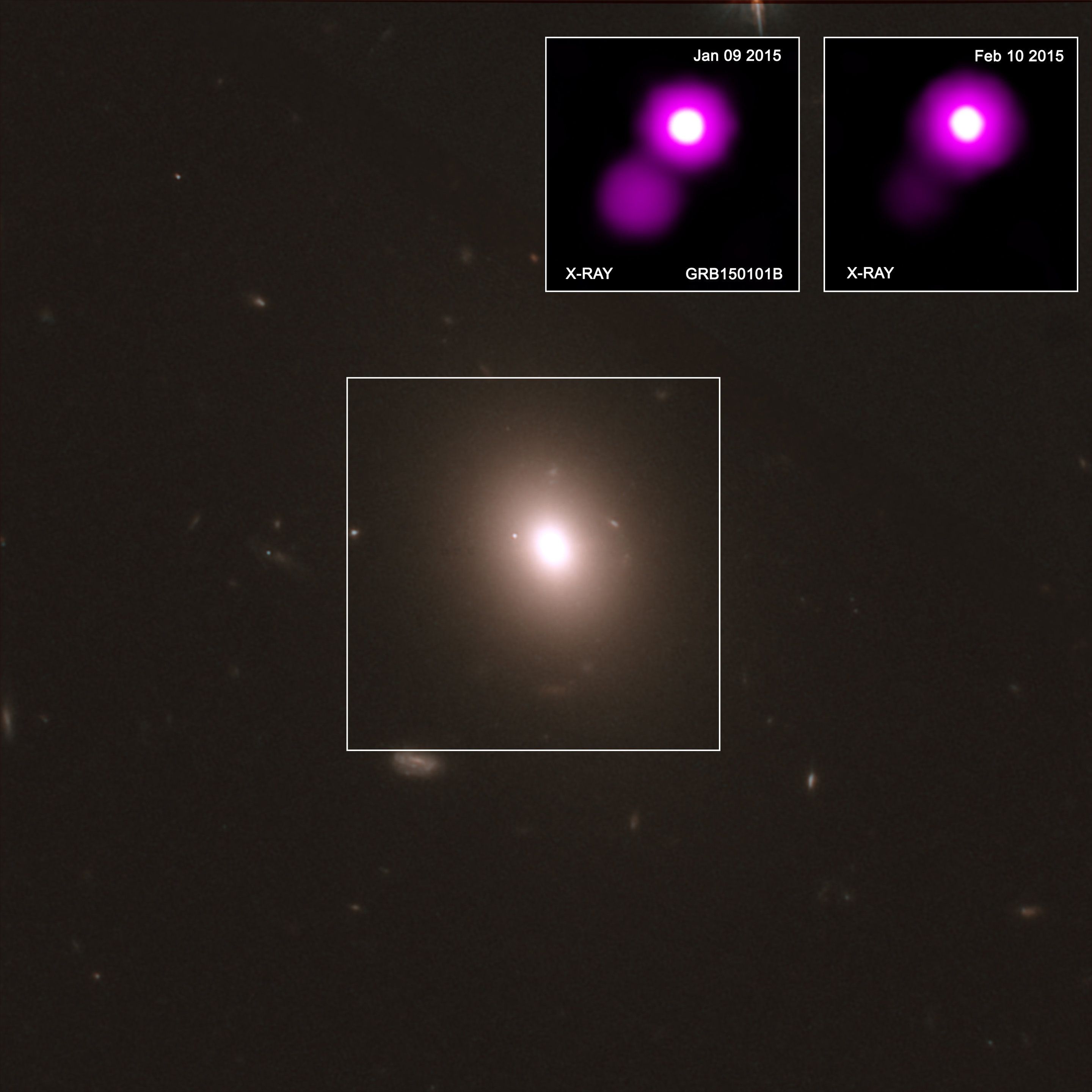The first study of its environmental impact suggests that extracting resources such as platinum from asteroids might be cleaner than doing so on Earth.



Valentina Tereshkova was the world’s first woman to go into space. She was also the first to fly without a toothbrush. This is her story.
The German space agency DLR carried out the tests in January last year on the MAIUS 1 rocket, beating NASA’s Cold Atom Laboratory who have also since produced a BEC in space.
The findings have been published this week in the journal Nature.
Scientists at 11 German research facilities miniaturised the technology for the production of Bose-Einstein condensates which normally fills a whole lab room.


According to Einstein’s General Relativity, gravity travels at the speed of light. Proving it is far from simple, though: unlike light, gravity can’t simply be switched on and off, and is also extremely weak.
Over the years, various attempts have been made to measure the speed using studies of astronomical phenomena, such as the time delay of light as it passes through the huge gravitational field of Jupiter. While the results have been broadly in line with Einstein’s prediction, they’ve lacked the precision needed for compelling evidence. That’s now been provided by the celebrated detection of gravitational waves. Analysis of the signals picked up by the two giant LIGO instruments in the US has confirmed that gravity does indeed travel through space at the speed of light.
At this year’s AIAA Space and Astronautics Forum and Exposition, engineer Marco Peroni presented his proposal for a modular Martian base that would provide its own radiation shielding.


On October 16, 2017, an international group of astronomers and physicists excitedly reported the first simultaneous detection of light and gravitational waves from the same source—a merger of two neutron stars. Now, a team that includes several University of Maryland astronomers has identified a direct relative of that historic event.

Scientists at TU Wien, the University of Innsbruck and the ÖAW have for the first time demonstrated a wave effect that can lead to measurement errors in the optical position estimation of objects. The work now published in Nature Physics could have consequences for optical microscopy and optical astronomy, but could also play a role in position measurements using sound, radar, or gravitational waves.
With modern optical imaging techniques, the position of objects can be measured with a precision that reaches a few nanometers. These techniques are used in the laboratory, for example, to determine the position of atoms in quantum experiments.
“We want to know the position of our quantum bits very precisely so that we can manipulate and measure them with laser beams,” explains Gabriel Araneda from the Department of Experimental Physics at the University of Innsbruck.